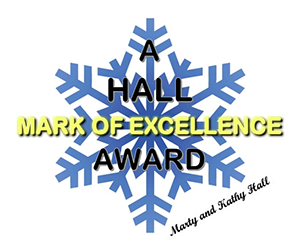 This World Cup coverage is made possible through the generous support of Marty and Kathy Hall and A Hall Mark of Excellence Award. To learn more about A Hall Mark of Excellence Award, or to learn how you can support FasterSkier’s coverage, please contact info@fasterskier.com.
This World Cup coverage is made possible through the generous support of Marty and Kathy Hall and A Hall Mark of Excellence Award. To learn more about A Hall Mark of Excellence Award, or to learn how you can support FasterSkier’s coverage, please contact info@fasterskier.com.
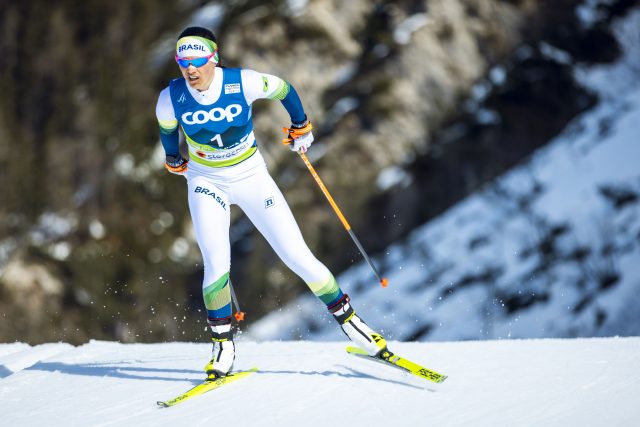
This is the championship of the cross country skiing world, and all the nations of the skiing world are included. It’s a longer list of nations than many of us may imagine . . .
Cross country skiers come from various backgrounds and far-flung homelands. Some hail from countries that the skiing world does not always recognize as even having skiing: Chile and Argentina share borders at the mountainous, frozen southern tip of South America where the Ushuaia Loppet is staged every season. Iran has a long tradition of Alpine skiing, with snowy mountains that soar to over 18,000 feet and an Alpine ski area within the city limits of Tehran. Skiers have arrived at these championships from Trinidad and Tobago, Lebanon, Mongolia, Armenia, Haiti, Hungary, Thailand, Latvia, Lithuania, Bolivia, Portugal, Greece, Turkey, Mexico, Venezuela, Kyrgyzstan, Israel, Brazil, Iceland, Serbia, Belgium, Panama, Bosnia Herzegovina. Some of those skiers are natives of tropical lands who now reside in snowy climes. Others are natives of wintry nations where the support for skiing is simply not deep enough to allow them to develop programs to compete against the Norways and Swedens of the skiing world. They qualify for these championships through nomination by their home-nation’s FIS governing bodies; then, they compete in qualifying competitions. The top performers in those qualifying competitions will be awarded starting places in World Championship events. It’s a chance for more skiers to see, feel, and experience the thrill of competing against the world’s best. It’s a World Championships . . .
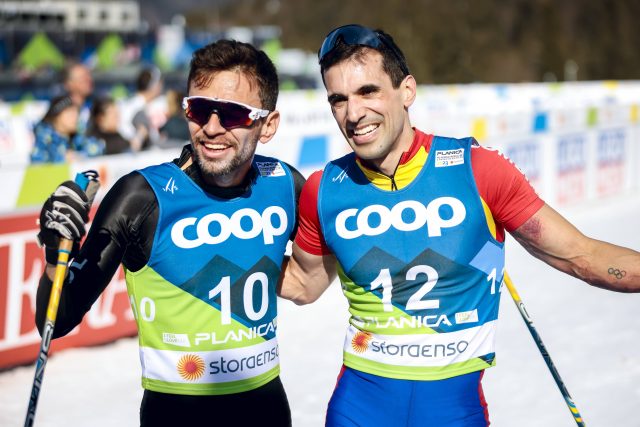
Men’s Qualifying
Iceland’s Albert Jonsson won the 10 k Freestyle Individual Start in 26:47.1, followed closely by Manex Silva of Brazil, and Spartak Voskanyan of Armenia. For comparison, the recent Nordic Nations Cup (Junior) Men’s 10 k Freestyle was won by Tabor Greenberg (USA) in a time of 23:03.9. The Nordic Nations Cup is a gathering of the world’s fastest junior skiers, and Greenberg is proving himself to be one of the fastest young skiers in the world; if he represents the sort of developing athlete that FIS considers on track to contend on the international stage before too much longer, then athletes from Iceland, Brazil, and Armenia are not too much farther behind.
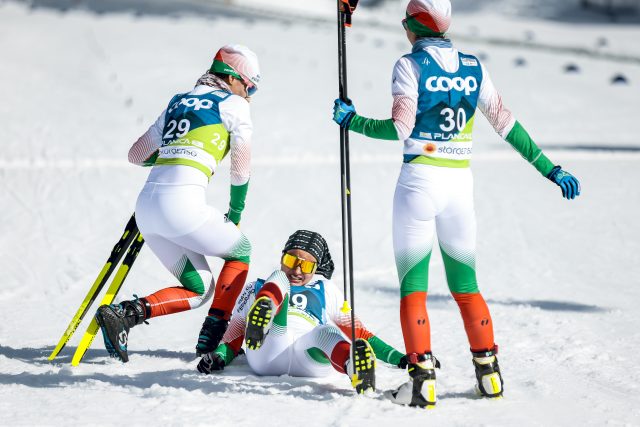
Women’s Qualifying
The Women’s 5 k Freestyle was won by Jacqueline Mourao of Brazil, followed by Lucija Medja of Slovenia, and Gigja Bjornsdottir of Iceland. Also finishing in the top ten—and within 90 seconds of the winner—were skiers from Mongolia, Iran, Bosnia Herzegovina, Armenia, and Lithuania. It’s remarkable to see so many skiers from so many nations, all passionate about what they do and the goals they pursue, all hoping to take the next step toward legitimacy and excellence in this sport that they love.
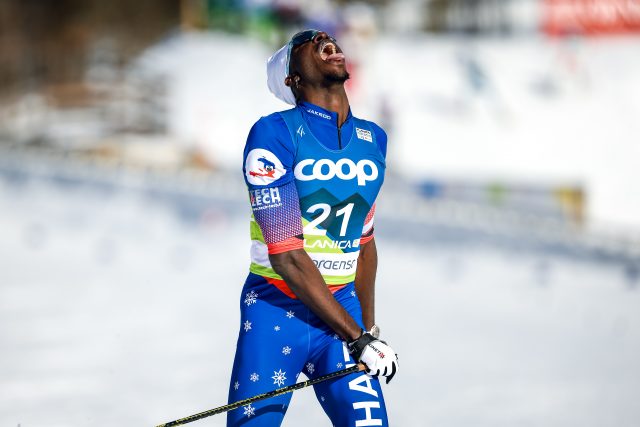
FIS World Cup events can be something of an elitist affair, with only those nations fielding true contenders typically participating. As a result, World Cup fields can be woefully small, implying that our sport is somehow an anemic player on the international athletic stage. Unfortunately, neither the skiers of developing nations nor some of the very best skiers in the world are able to attend. The unfairness lies in the fact that dominant nordic skiing nations—like Norway and Russia—could each provide dozens of athletes who could qualify for most any other national team, but there’s not enough room for them on their own national teams. Regretably, only a few of those elite athletes will ever toe a World Cup or World Championship starting line, even though a fair number of them may have ended up on the podium if they’d ever gotten the chance. Space is made for the Brazils and Panamas of the skiing world, though few of those nations are poised to fund year-long World Cup campaigns for their aspiring skiers. In the end, FIS is dedicated to doing two things that fly in the face of one another: providing opportunities for the best skiers in the world to face one another in fair competition, and identifying the means to encourage cross country skiing in nations where it has not been a visible athletic alternative in the past. In order to accomplish that, some neophyte skiers will be allowed the experience of competing on the international stage, while other very very good skiers will be left at home.
Winter Olympic fans will remember the comically charming ineptitude of Eddie the Eagle (in ski jumping) and the Jamaican Bobsled Team at the Olympics in Calgary in 1988. Avid cross country skiing fans may recall Phillip Boit, the Kenyan distance-runner-turned-skier who finished far behind the rest of the field at the 1998 Olympic Winter Games in Nagano, but who was greeted at the finish line by the winner, and Olympic champion, Bjorn Daehlie (NOR). Sportsmanship and fellowship have long been fundamental parts of the nordic skiing community, and it’s gratifying to see those continue at these events. It’s also timely to acknowledge that the efforts and accomplishments of these little-known skiers are neither comic nor charming, but entirely deserving of our respect and admiration. Welcome, then, to the grand stage of the 2023 FIS Cross Country World Championships.
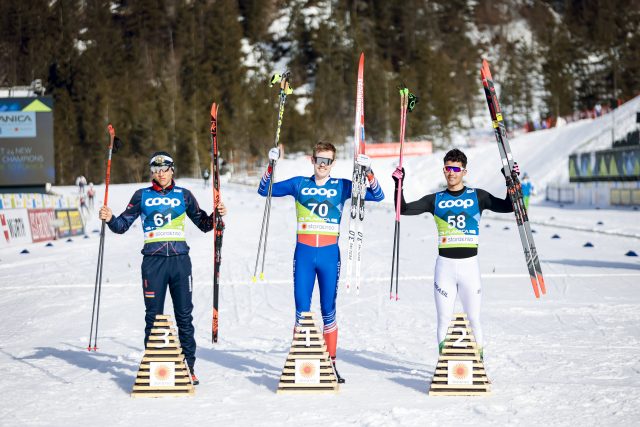
(Qualifying) Women’s 5 k RESULTS
(Qualifying) Men’s 10 k RESULTS

John Teaford
John Teaford—the Managing Editor of FasterSkier — has been the coach of Olympians, World Champions, and World Record Holders in six sports: Nordic skiing, speedskating, road cycling, track cycling, mountain biking, triathlon. In his long career as a writer/filmmaker, he spent many seasons as Director of Warren Miller’s annual feature film, and Producer of adventure documentary films for Discovery, ESPN, Disney, National Geographic, and NBC Sports.



